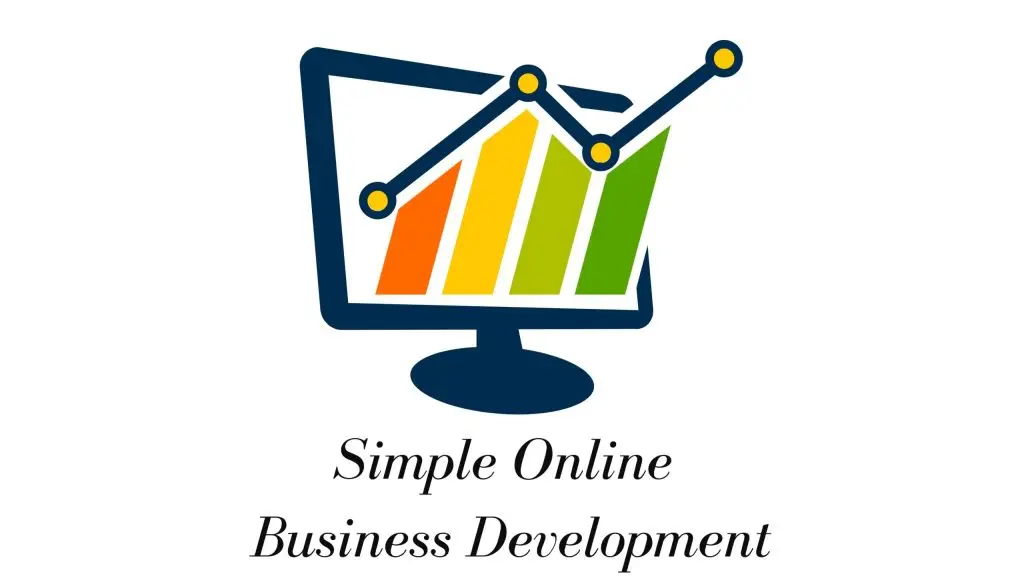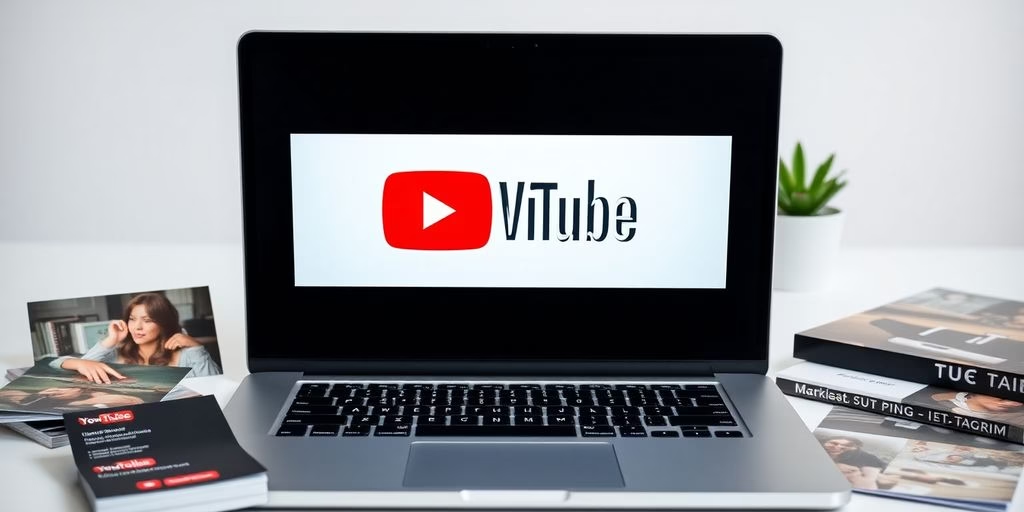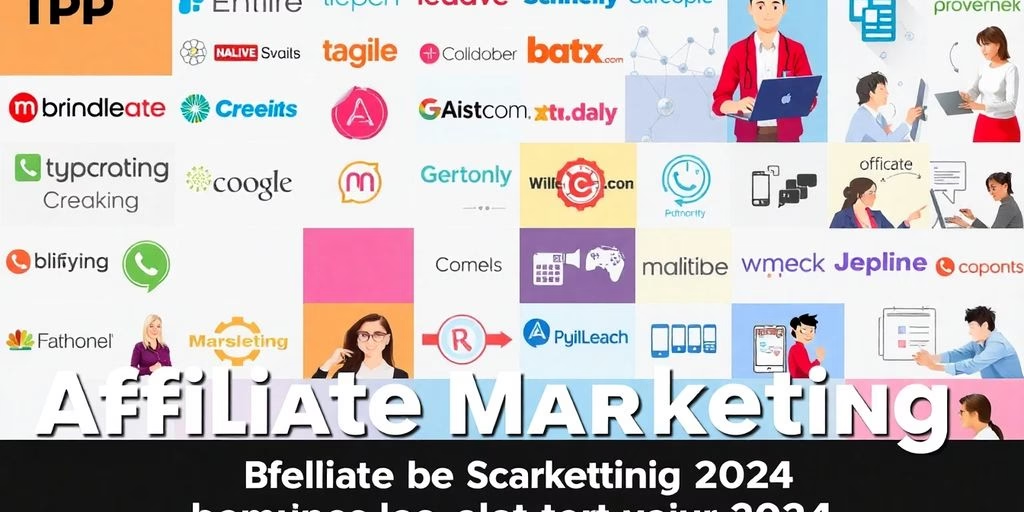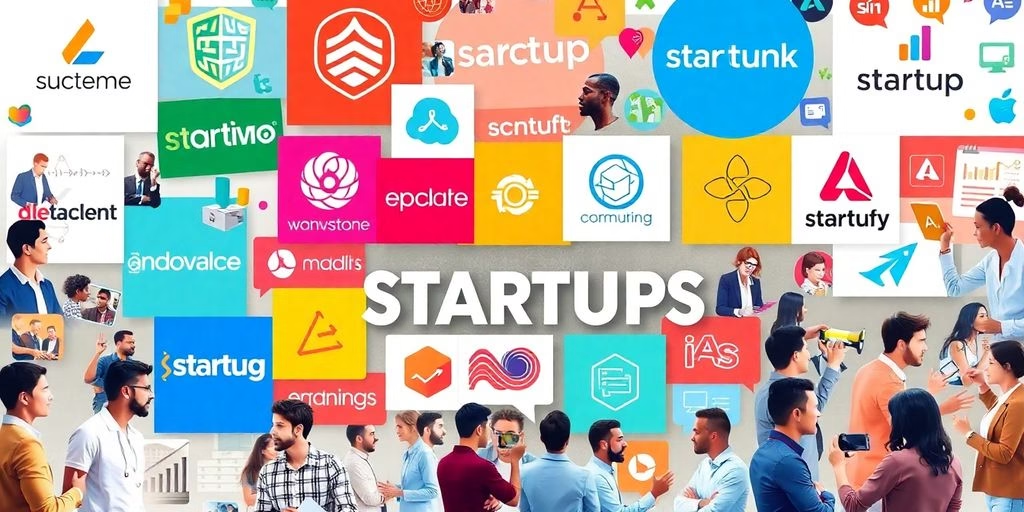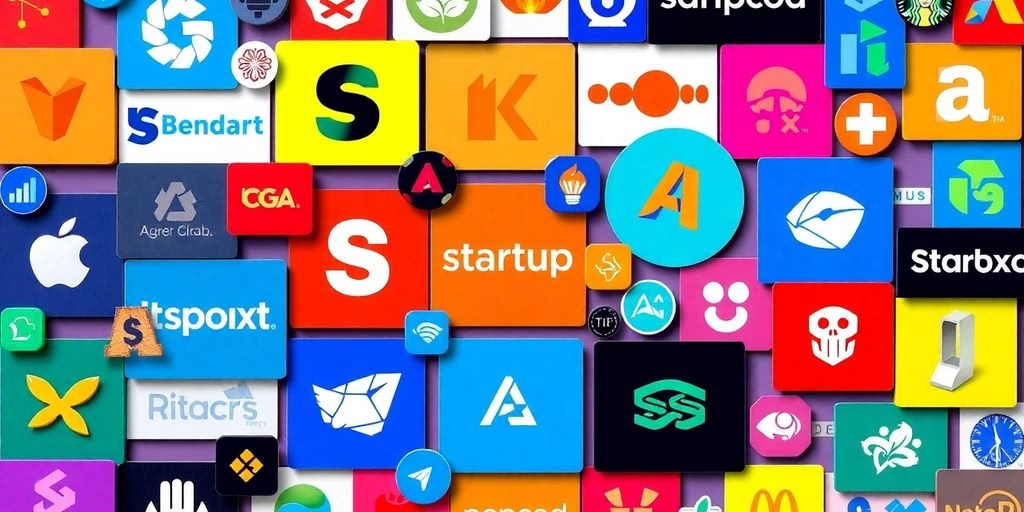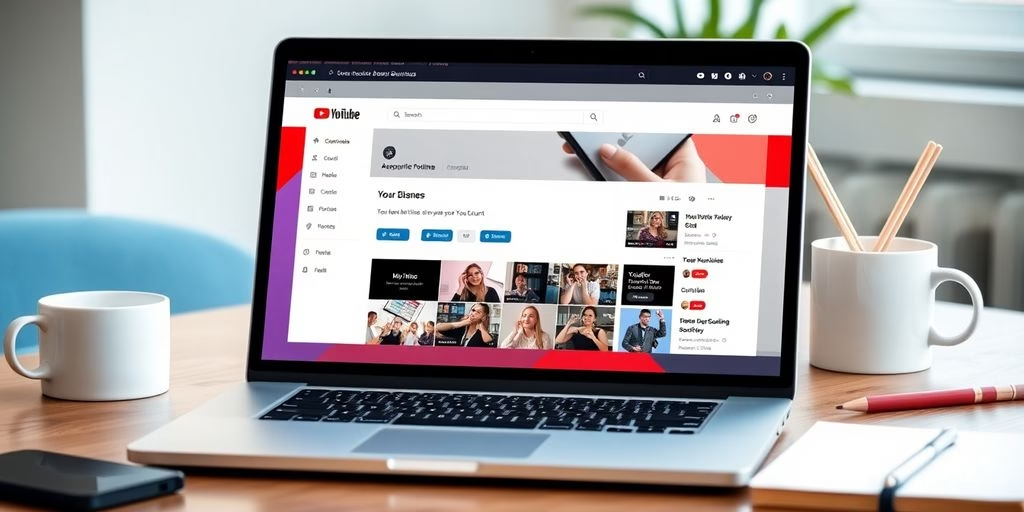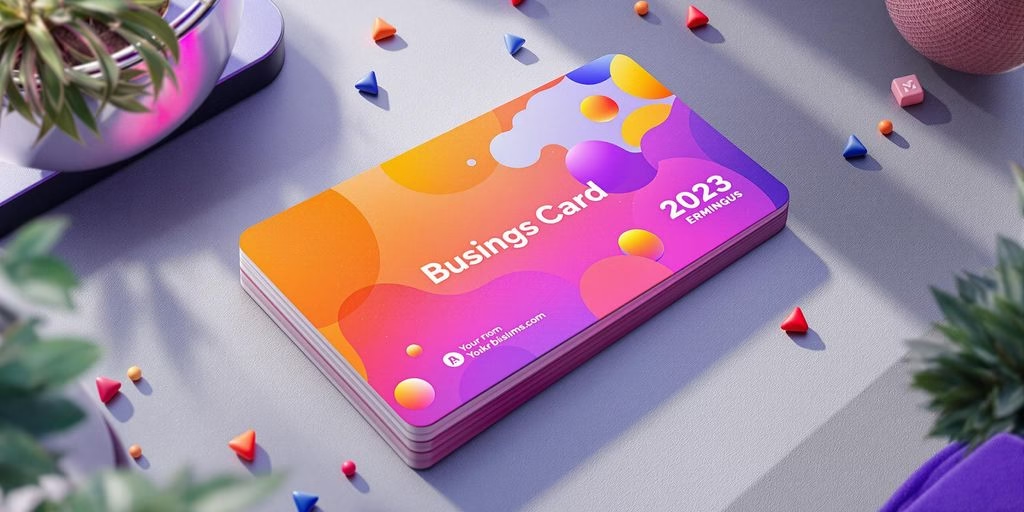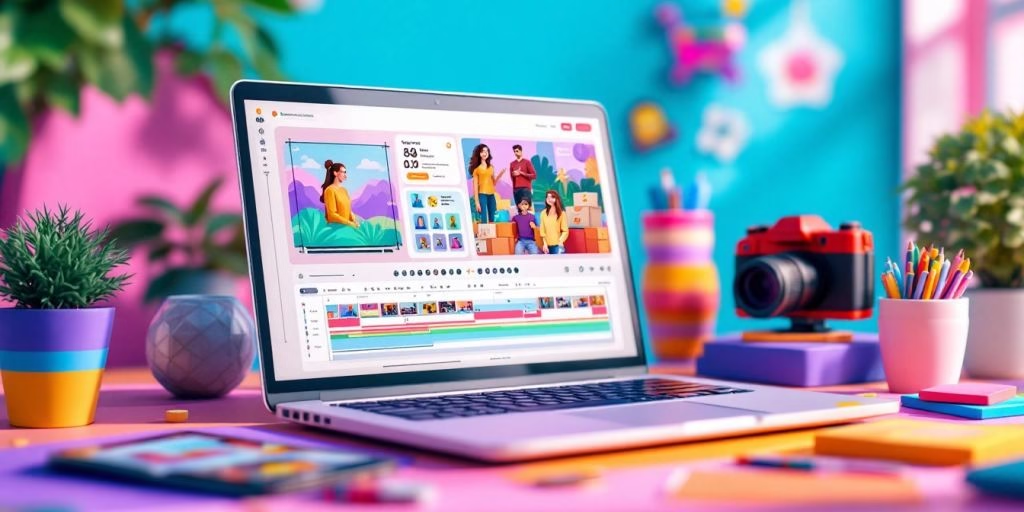Affiliate marketing can be a real game-changer if you know what you’re doing. But with so many people claiming to be gurus, how do you sift through the noise? This article breaks down the strategies that actually work, straight from the playbooks of successful affiliate marketers. Whether you’re just starting out or looking to up your game, these insights will help you navigate the world of affiliate marketing in 2025.
Key Takeaways
- Adopt a growth mindset; it’s crucial for overcoming challenges in affiliate marketing.
- Pick affiliate programs that align with your niche and offer good commissions.
- Create content that’s engaging and authentic to connect better with your audience.
- Use social media to build and nurture your audience effectively.
- Diversify your income streams to ensure long-term success.
Understanding the Mindset of Affiliate Marketing Gurus
Embracing a Growth Mindset
Affiliate marketing gurus are all about growth. They know that success doesn’t just happen overnight. It takes a lot of learning and adapting. They see failures not as setbacks but as steppingstones to success. Failure is just a part of the journey. When something doesn’t work, they tweak it and try again. This mindset keeps them moving forward, always learning and improving.
Learning from Failures
Every failure is a lesson. Instead of getting discouraged, successful affiliates analyze what went wrong and adjust their strategies. It’s like a game where you learn the rules as you go. They understand that setbacks are temporary, and that persistence pays off. Resilience is their secret weapon.
Staying Ahead with Industry Trends
The affiliate marketing world is always changing. Gurus know they need to stay updated with the latest trends to stay relevant. They follow industry news, attend webinars, and network with other marketers. This helps them spot new opportunities and avoid potential pitfalls. By staying informed, they can adapt quickly and keep their strategies fresh and effective.
“In the fast-paced world of affiliate marketing, staying ahead means constantly learning and adapting to new trends and challenges. It’s all about being proactive rather than reactive.”
Choosing the Right Affiliate Programs for Success
Picking the right affiliate programs is like choosing the perfect pair of shoes; it needs to fit just right. Let’s dive into what makes an affiliate program worth your time and effort.
Identifying High-Paying Programs
First things first, you want to make sure you’re getting paid well for your efforts. Look for programs with high commission rates and, if possible, recurring commissions. High-paying programs are the backbone of a successful affiliate marketing strategy. But remember, it’s not just about the money. Check out the program’s reputation and see if it offers quality support and promotional materials. These can make a big difference in how effectively you can market their products.
Aligning with Your Niche
Aligning with your niche is crucial. Think about your audience and what they’re interested in. If you’re running a tech blog, promoting gardening tools might not be the best fit. Instead, find products that naturally fit into your content. This ensures your promotions feel authentic and engaging rather than forced. When your audience sees that you’re genuinely interested in the products you’re promoting, they’re more likely to trust your recommendations.
Evaluating Program Metrics
Metrics matter! Before jumping into a program, take a good look at their metrics. This includes conversion rates, average order value, and cookie duration. Programs with longer cookie durations give you a better chance of earning commissions, even if the purchase isn’t immediate. Also, consider the quality of the product or service itself. A high commission is great, but if the product is subpar, it’s not worth risking your reputation over.
Remember, choosing the right affiliate programs isn’t just about the highest payout—it’s about finding a balance between good pay, relevance, and quality. It’s all about setting yourself up for long-term success in the affiliate marketing world.
By focusing on these aspects, you’ll be well on your way to building a profitable affiliate marketing strategy that aligns with your goals and resonates with your audience. If you’re looking to enhance your strategy further, consider exploring affiliate marketing business model insights to give you an edge in the competitive landscape.
Crafting Content That Converts
Creating Engaging and Authentic Content
Creating content that grabs attention and keeps people reading is both an art and a science. Start by knowing your audience inside out. This means understanding their needs, wants, and what makes them tick. When you know this, you can create content that speaks directly to them. Honesty is key—be upfront about the pros and cons of the products or services you’re promoting. This builds trust and keeps readers coming back. Also, don’t just push products. Tell stories that connect emotionally with your audience. When you weave a narrative, it makes the product more relatable and memorable.
Utilizing SEO Strategies
If you want your content to be found, you need to get SEO right. Start by focusing on keywords that match the search intent of your audience. This means choosing words and phrases they’re likely to use when looking for solutions or products. Use tools to find these keywords and sprinkle them naturally throughout your content. Remember, the goal is to answer questions your audience is asking. This not only helps your content rank higher but also makes it more likely that readers will stick around and click on your affiliate links.
Incorporating Visuals and Multimedia
Visuals are a game-changer in content creation. They break up text, making it easier to digest, and can convey complex information quickly. Use images, infographics, and videos to add depth to your content. A well-placed infographic can simplify complex data, while a video can demonstrate a product in action, providing a more comprehensive understanding. Keep it relevant and ensure the visuals enhance the message you’re trying to convey. This not only makes your content more engaging but also boosts its shareability, potentially increasing your reach and conversions.
In the world of affiliate marketing, crafting content that converts isn’t just about selling—it’s about connecting with your audience on a deeper level. By offering genuine value and understanding their needs, you’re not just building a business, you’re building a community.
Building and Nurturing Your Audience
Leveraging Social Media Platforms
Social media is like the town square of the internet. Everyone’s there, and it’s the perfect place to connect with your audience. Engage with them where they already hang out—whether it’s Instagram, Twitter, or TikTok. Share relatable content, ask questions, and respond to comments. It’s not just about broadcasting your message but creating a dialogue. Use polls and stories to get feedback and understand what your followers are looking for. Over time, this builds a community that feels connected to your brand.
Engaging with Your Community
Building a community isn’t just about numbers; it’s about relationships. Host live Q&A sessions or webinars to interact directly with your audience. Encourage them to share their stories and experiences related to your niche. This not only provides valuable insights but also fosters a sense of belonging. Remember, people love being part of something bigger. Make your followers feel like they are part of a family, not just a number.
Growing Your Email List
An email list is like a direct line to your audience. Unlike social media, you own this list, and it can be a powerful tool for promoting affiliate offers. Offer a compelling lead magnet, like a free eBook or an exclusive video, to encourage sign-ups. Once you have their email, nurture these subscribers with personalized content. Segment your list based on interests and behaviors to send targeted messages that resonate with them. This strategy not only boosts engagement but can significantly increase your affiliate revenue.
Building an audience is not just about attracting followers but creating meaningful connections that last. Focus on engagement, and the numbers will follow.
By focusing on these strategies, you’ll be well on your way to enhancing your affiliate marketing success in 2025. It’s all about creating a loyal audience that trusts you and values your recommendations.
Diversifying Your Income Streams

Exploring Multiple Affiliate Networks
Relying on just one affiliate program can be risky. What if they change their terms or cut commissions? Diversifying across multiple networks gives you a safety net. Platforms like Amazon Associates, ShareASale, and ClickBank each offer a wide range of products across different niches. By spreading your efforts, you’re not only safeguarding your income but also increasing your potential earnings. Plus, you can compare commission rates and choose the best deals.
Incorporating Digital Products
Why stop at promoting others’ products when you can sell your own? Creating digital products like eBooks, courses, or templates can complement your affiliate marketing. It’s a way to provide extra value to your audience while making some extra cash. Use tools like an AI graph maker to design your products with ease. By adding your products to the mix, you diversify your income and make your brand more robust.
Utilizing Subscription Models
Subscription models are another great way to diversify. Imagine earning recurring income from membership sites or software subscriptions. It’s like having a steady paycheck every month. Look for affiliate programs offering ongoing commissions, not just one-time payments. This approach not only enhances your income but also builds a community of loyal subscribers who trust your recommendations.
It’s all about spreading your wings and not putting all your eggs in one basket. The more diverse your income streams, the more resilient your business becomes. And in the fast-paced world of affiliate marketing, resilience is key to staying ahead.
Scaling Your Affiliate Marketing Business
When it comes to growing your affiliate marketing business, it’s all about finding ways to reach more people and make more money without doubling your workload. Here’s how you can do it:
Automating Processes
Automation can be a game-changer in affiliate marketing. Imagine having your tasks run smoothly without constant oversight. You can use tools to schedule your social media posts, manage your email marketing, or even handle customer inquiries. This not only saves time but also ensures consistency in your marketing efforts. Some folks even automate their ad campaigns, so they’re always running at peak performance.
Outsourcing Tasks
Let’s face it, you can’t do everything yourself. That’s where outsourcing comes in. Hire freelancers or agencies to handle tasks like content creation, graphic design, or even SEO. This allows you to focus on what you do best—strategizing and growing your business. Plus, having experts handle these areas can lead to better quality work.
Investing in Tools and Resources
To scale effectively, investing in the right tools is crucial. This could be anything from advanced analytics software to track your performance, to SEO tools that help you understand what’s working and what’s not. Sometimes, spending a little money upfront can lead to bigger gains down the line.
Scaling your affiliate marketing business doesn’t have to be a daunting task. By automating processes, outsourcing tasks, and investing in the right tools, you’re setting yourself up for success. The key is to keep optimizing and finding new ways to streamline your operations. With persistence and smart strategies, you can transform your affiliate marketing business into a powerhouse.
Remember, the goal is to work smarter, not harder. As you scale, keep an eye on your performance metrics to ensure you’re not just growing in size, but also in profitability.
Avoiding Common Pitfalls in Affiliate Marketing
Maintaining Transparency
Being upfront with your audience is key. Transparency builds trust, and trust is the bedrock of any successful affiliate marketing business. Always disclose your affiliate relationships clearly. This not only keeps you compliant with regulations but also shows your audience that you respect them enough to be honest. Think of it like this: if you were in their shoes, wouldn’t you want to know if someone recommending a product was getting a commission?
Avoiding Over-Promotion
It’s tempting to plaster your content with affiliate links but resist the urge. Overloading your audience with too many promotions can turn them off. Instead, focus on creating content that genuinely helps or entertains. Value first, promotion second. This approach keeps your audience engaged and more likely to trust your recommendations.
Staying Compliant with Regulations
Affiliate marketing comes with its own set of rules. Ignoring these can lead to fines or worse. Keep up with the latest regulations to ensure you’re always on the right side of the law. Regularly review guidelines from the FTC and other relevant bodies. It might seem like a hassle, but staying informed protects your business in the long run.
Remember, affiliate marketing isn’t just about making money—it’s about building a sustainable business that your audience can rely on. By being transparent, avoiding over-promotion, and staying compliant, you’re setting yourself up for long-term success.
Wrapping It Up: Your Path to Affiliate Marketing Success
So, there you have it, folks! We’ve peeled back the curtain on what makes those affiliate marketing gurus tick and shared some of their top strategies. Whether you’re just dipping your toes into the affiliate world or you’re a seasoned pro looking to up your game, there’s always something new to learn. Remember, the key is to stay curious, keep experimenting, and don’t be afraid to try out new things. The digital landscape is always changing, and so should your strategies. Stick with it, and who knows? Maybe next year, you’ll be the one sharing your success story. Keep pushing forward, and good luck out there!
Frequently Asked Questions
What is affiliate marketing?
Affiliate marketing is a way to earn money by promoting products or services and earning a commission for each sale made through your unique link.
How do I choose the right affiliate program?
Look for programs that offer good commissions and align with your interests or niche. Check the program’s reputation and the products’ popularity.
Is affiliate marketing suitable for beginners?
Yes, affiliate marketing can be a good start for beginners. It requires learning and effort, but many resources are available to help you get started.
How can I create content that sells?
Focus on making content that is interesting and honest. Use simple words, add pictures or videos, and make sure it helps your audience solve a problem.
Why is it important to diversify income streams?
Diversifying your income means not relying on just one source of money. This can help you stay safe if one source doesn’t work out as planned.
What are common mistakes to avoid in affiliate marketing?
Avoid being too pushy in selling, always be honest with your audience, and make sure you follow the rules and regulations of affiliate marketing.
